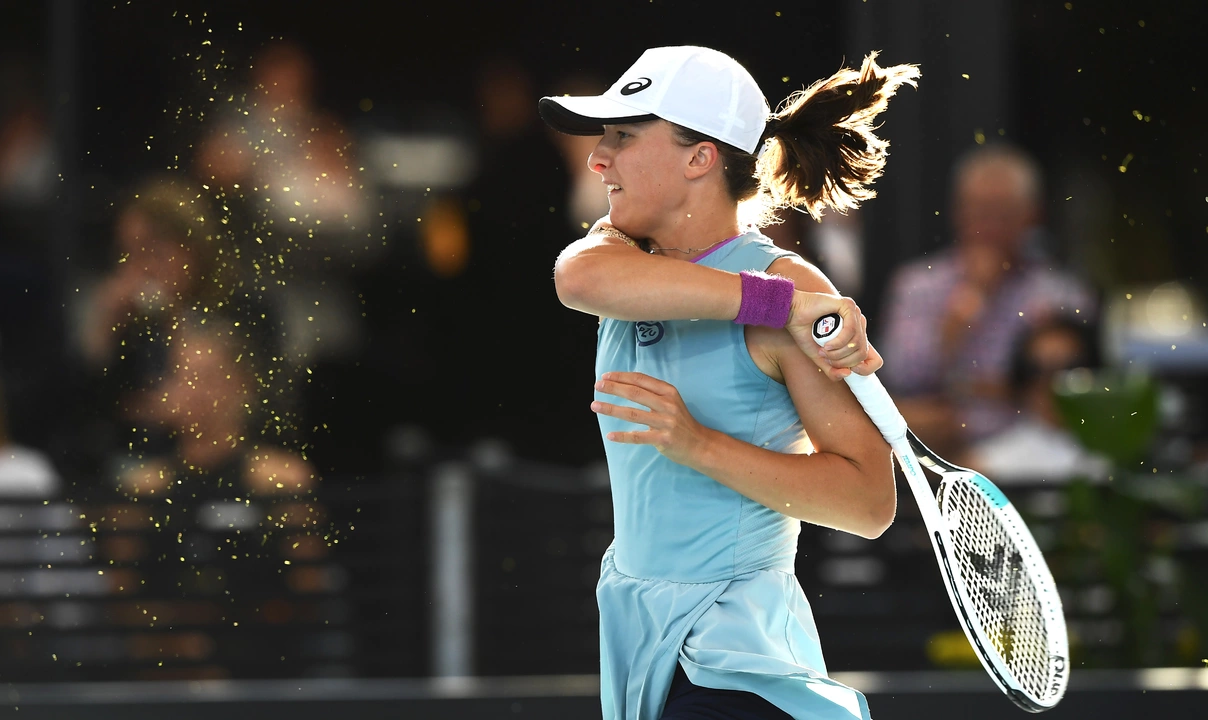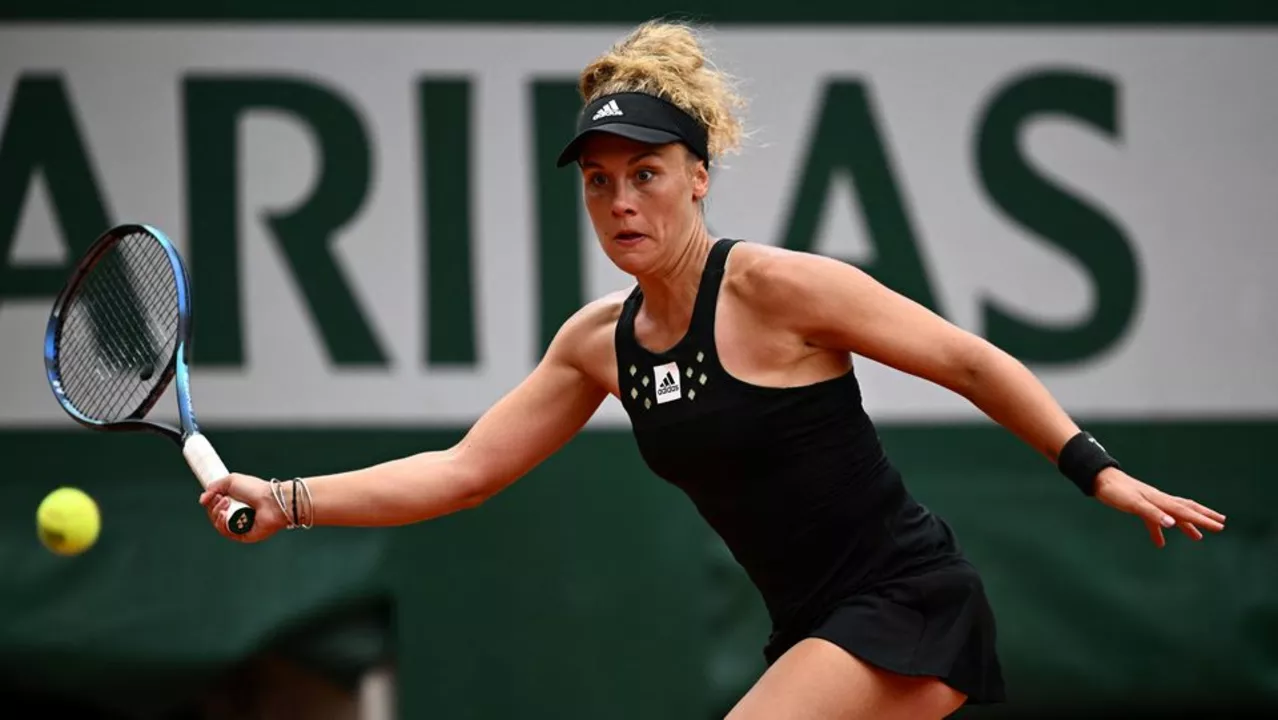Grand Slams: Your Quick Guide to Tennis's Biggest Tournaments
If you love tennis, the Grand Slams are the moments you mark on your calendar. There are four of them – Australian Open, French Open, Wimbledon and US Open – and they’re the only events that count for the biggest points, prize money and bragging rights. In this guide, we’ll break down the schedule, what makes each tournament special, and how you can get the most out of the live action.
What Are the Grand Slams and When Do They Happen?
The Grand Slam season spreads across the year. The Australian Open kicks off in mid‑January in Melbourne, playing on fast hard courts. After a few months, the French Open arrives in late May at Roland Garros – the only Grand Slam on clay, which slows the ball and tests endurance.
June brings Wimbledon, the oldest tournament, famed for its grass courts, strict dress code and iconic strawberries. Finally, the US Open rounds out the year in late August on New York’s hard courts, known for its night matches and electric crowd.
Each event lasts two weeks and follows a knockout format, so every match feels like a final. Knowing the dates helps you plan your viewing parties, travel, or even time your training spikes if you’re a player aiming to peak at the right moment.
How to Follow Grand Slam Action and Boost Your Game
Want to catch every serve without missing a beat? Stream the official broadcasters in your region – they usually offer live stats, multiple camera angles and on‑screen player profiles. If you’re on a budget, look for free highlights on the tournament’s YouTube channel, which often post daily recaps.
While you watch, pay attention to the playing styles that dominate each surface. Hard courts reward a balanced game, clay favors heavy topspin and patience, and grass rewards big serves and quick footwork. Notice these patterns and try them out in your own practice sessions – a little change in grip or foot placement can make a big difference on similar surfaces.
Don’t forget the side content on the site: articles like “How long does a tennis elbow last?” or “Why do tennis players bend when receiving serves?” give practical tips you can apply right after a match. Keeping a notebook of what you see – rally length, serve speed, how players handle pressure – helps you translate pro tactics into everyday play.
Lastly, join the PJP Tennis Hub community. Share your match predictions, ask questions about swing technique, or swap stories about attending a Grand Slam in person. Engaging with fellow fans turns watching into a social experience and keeps you motivated to improve.
With the schedule in hand, the right streaming options, and a few actionable tips, you’re set to enjoy the Grand Slams like a true tennis insider. Grab your popcorn, set your alarm for those night sessions, and let the biggest names in tennis inspire your own game.
In recent years, we've noticed a trend of young tennis players struggling to win the Grand Slams. One reason could be the dominance of seasoned players like Federer, Nadal, and Djokovic, who continue to maintain a tight grip on these titles. Additionally, the physical and mental demands of Grand Slam tournaments can be overwhelming for young players, making it difficult for them to consistently perform at their highest level. Lack of experience also plays a role, as navigating high-pressure situations is a skill that takes time to develop. Lastly, the increased competitiveness in the tennis world has raised the bar, making it tougher for young players to break through and claim those prestigious titles.
Continue reading...
Top seeded tennis players have a distinct advantage when competing in grand slams. Their ability to consistently maintain their place in the rankings gives them the opportunity to play better than their opponents. This is due to their dedication to their craft, their experience, and the additional confidence they gain from playing on the big stage. They are also able to adjust to the different playing conditions and surfaces that are present in grand slams. All of these factors allow them to maximize their performance and give them an edge over their opponents. Furthermore, top seeded players also have access to better resources and coaching, allowing them to stay ahead of the competition.
Continue reading...

